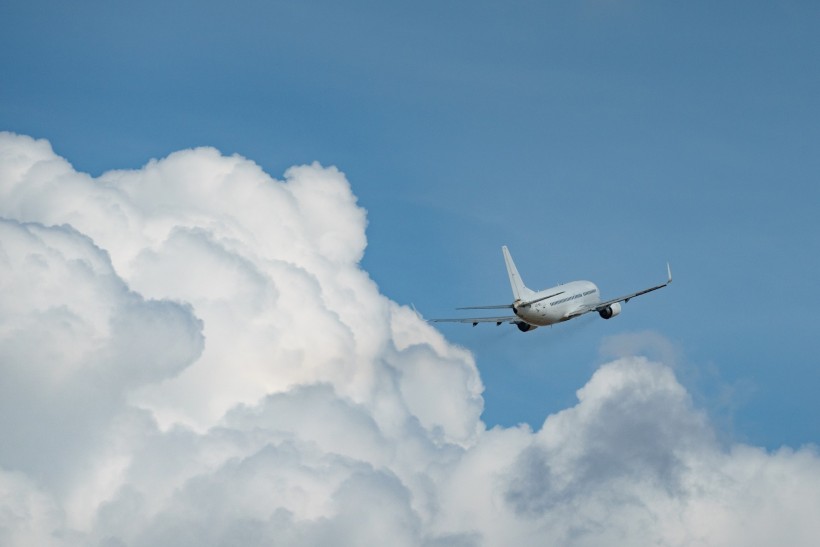Get ready for a wild ride as the skies become increasingly turbulent! Climate change is making its mark on air travel, and a recent study unveils a worrisome trend of rough flights on the horizon.
A recent study conducted by the University of Reading has shed light on the intensifying turbulence in the skies, attributing it to the impacts of climate change. This finding has far-reaching implications for the aviation industry and passengers worldwide.

Clear-air Turbulence
The research focused on clear-air turbulence, a type of turbulence that is invisible to the naked eye and poses risks to aircraft. The study found that clear-air turbulence has become more prevalent in various parts of the globe, raising concerns for the safety and comfort of flights.
Of particular concern is the heavily traveled route above the North Atlantic, where the study detected a significant increase in severe turbulence over the past four decades.
The total duration of severe turbulence experienced in a year has surged by 55% since 1979, with a notable increase from 17.7 hours to 27.4 hours in 2020 alone. Additionally, moderate turbulence has risen by 37%, while light turbulence has increased by 17%.
The study draws a clear link between these turbulent conditions and the effects of climate change.
The emission of CO2, which contributes to global warming, has resulted in warmer air. This warming, in turn, has amplified wind shear within the jet streams, leading to a more pronounced occurrence of clear-air turbulence globally, including in the North Atlantic region, according to the study.
Risks of Turbulence During Flights
Mark Prosser, a Ph.D. researcher involved in the study, emphasizes the risks associated with turbulence during flights. He stresses the need for airlines to carefully consider how they handle the heightened turbulence levels.
The aviation industry in the United States alone already incurs annual costs ranging from $150 million to $500 million due to turbulence-related impacts.
The study findings extend beyond the North Atlantic, painting a worrying picture for other heavily traveled flight routes across Europe, the Middle East, and the South Atlantic.
The rise in turbulence levels in these regions has sparked worries regarding the safety and comfort of air travel in these areas.
Professor Paul Williams, an atmospheric scientist from the University of Reading and co-author of the study, cautions that the anticipated rise in clear-air turbulence, which researchers have been predicting for the past decade, is now becoming a reality.
He stresses the urgent need for investment in advanced systems capable of forecasting and detecting turbulence accurately.
Implementing these measures would play a crucial role in averting the possibility of rougher air leading to even more turbulent flights in the future.
This approach would significantly assist the aviation industry in mitigating the potential consequences of heightened turbulence in the years to come.
The study's findings were published in the journal Geophysical Research Letters.
Related Article: Arctic Virus Spillover: New Study Claims Climate Change Could Increase Its Risk; Will This Lead to More Pandemic?









